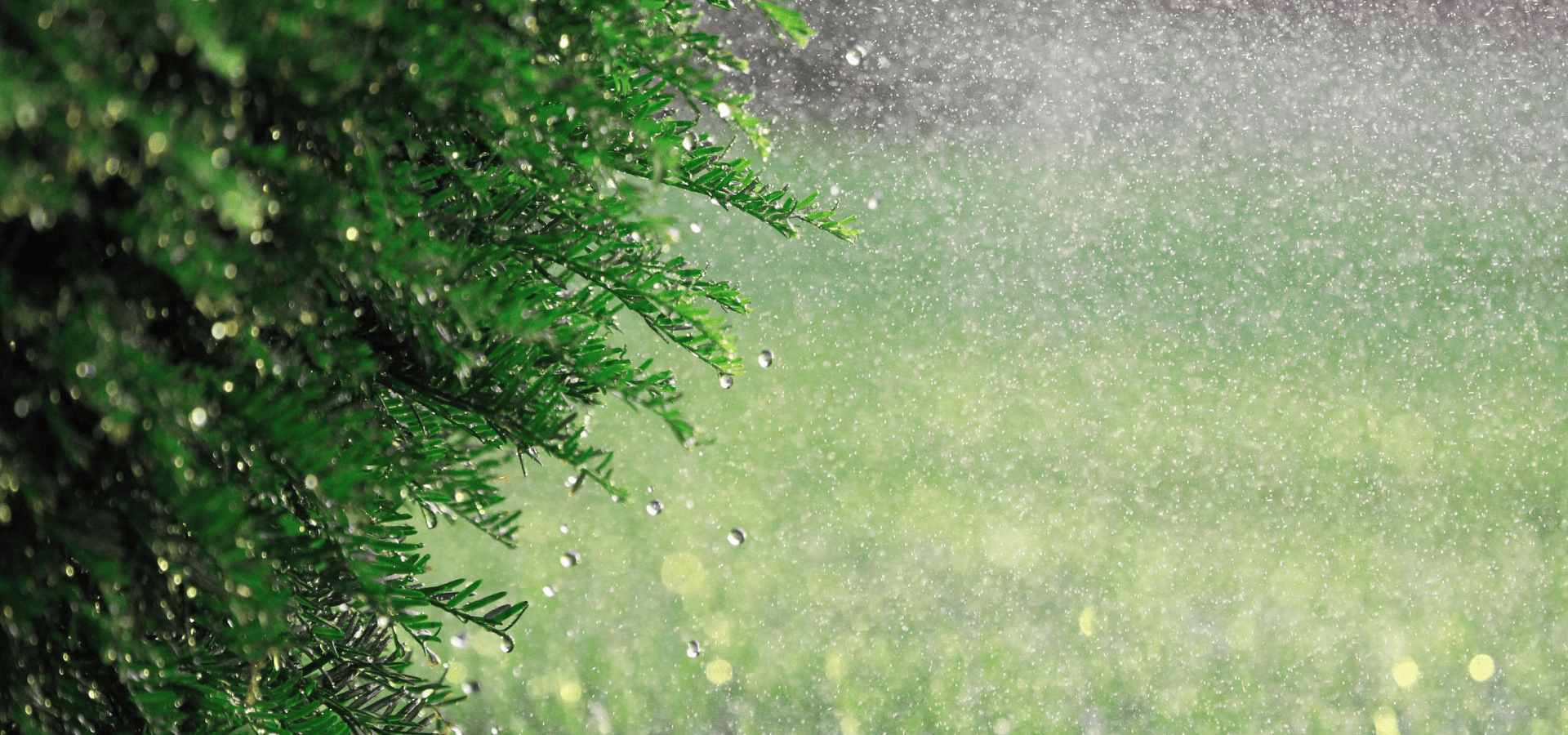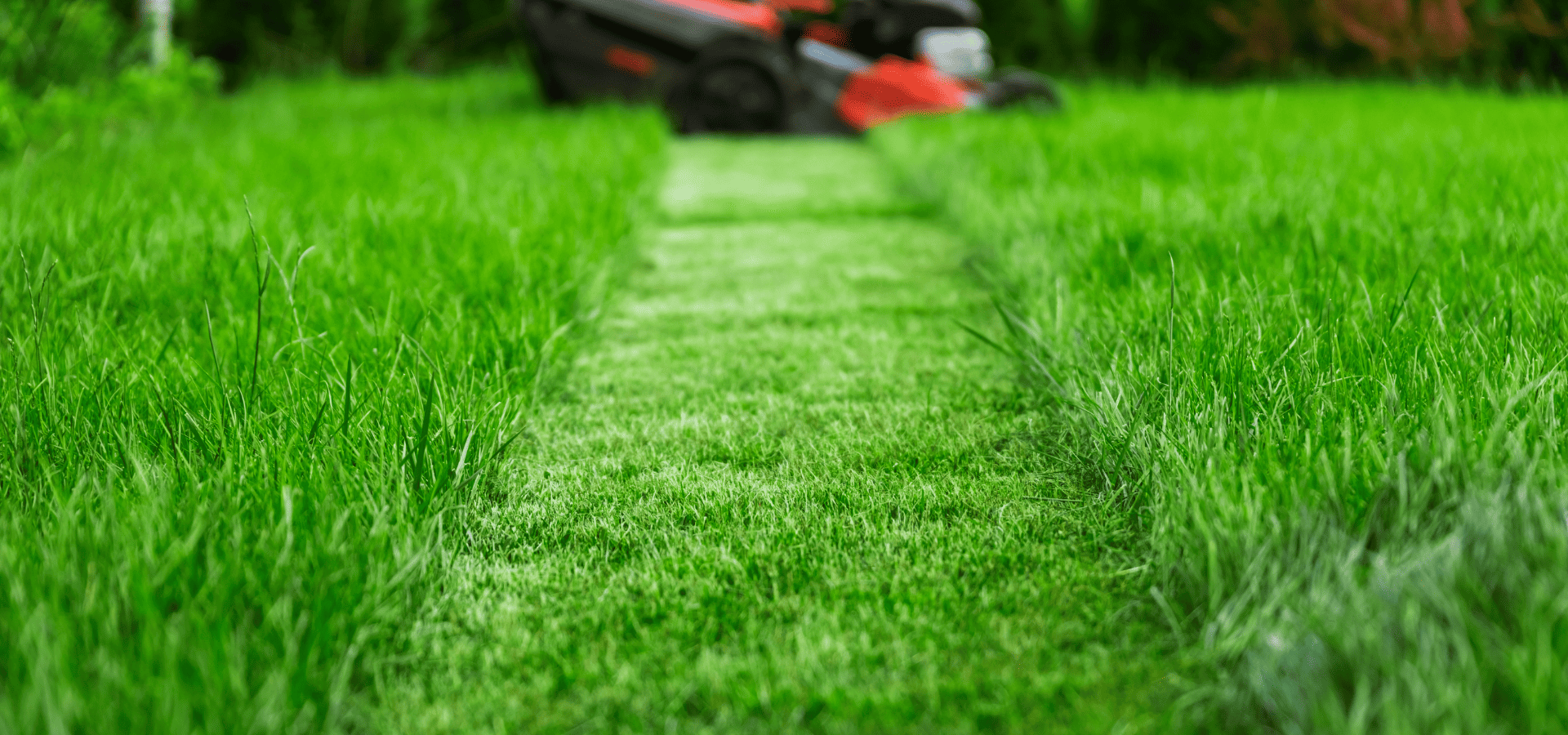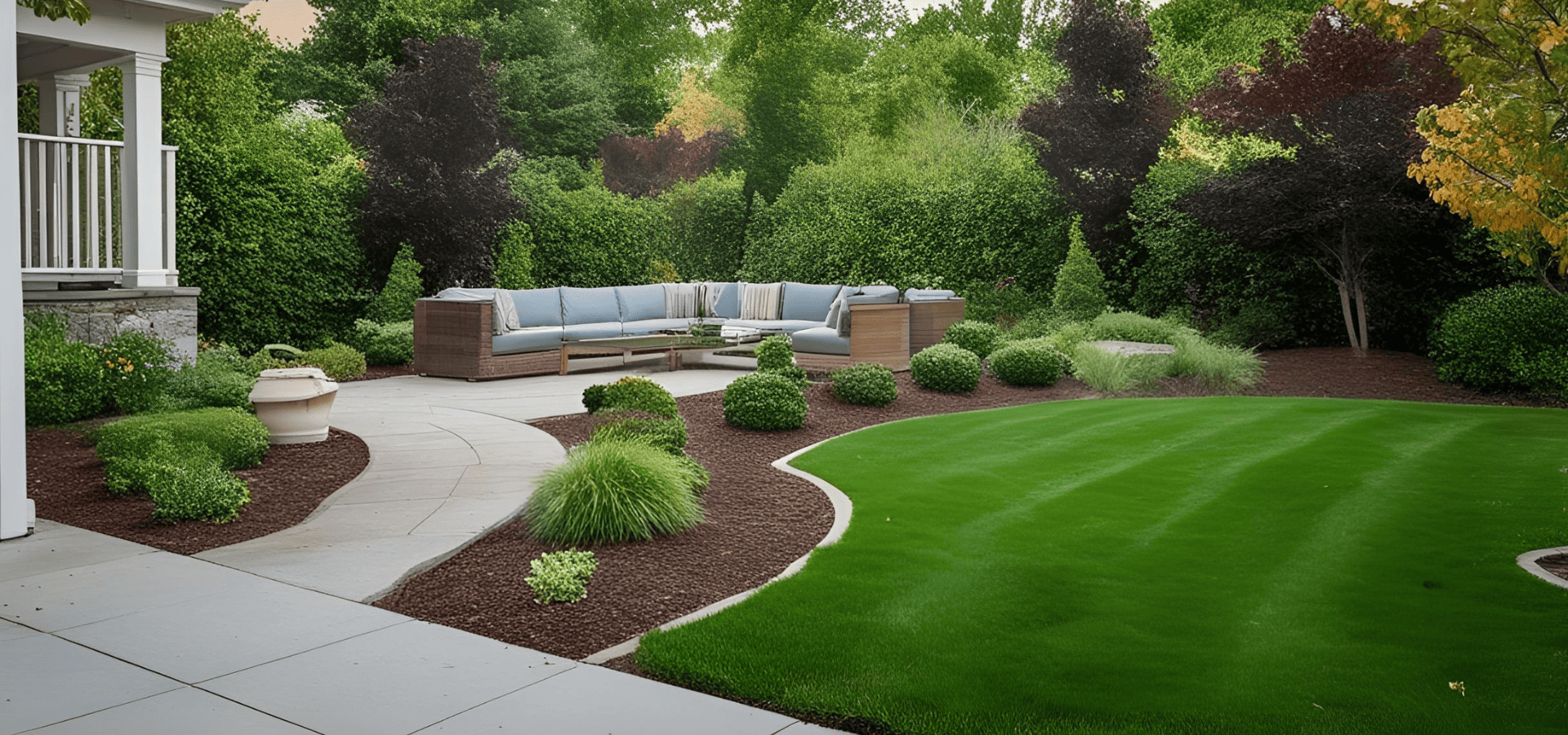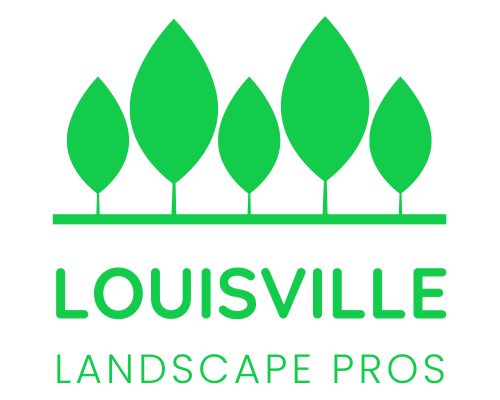Landscaping Guide For Small Spaces
It’s all too easy to say that your space is too small and that you can’t make anything notable out of it, and to just give up.
After all, if you can only fit a few potted plants inside, what’s the point?
Well, there are actually ways to fit tons of plants into small spaces. By making use of whatever vertical space you have and following certain rules, you can have yourself a beautiful small garden in a small space.
At Louisville Landscape Pros, we've landscaping hundreds of homes and all sorts of small spaces, so you can trust our expertise if you're in need of some small-space landscaping.
For those looking to perform their own landscaping though, read on to learn how to maximize your small space and turn it into a green oasis!
1. Vertical Gardens
This is one of the most important elements to have if you’re working with limited space.
Vertical gardens are gardens with multiple layers, which means you can grow plants multiple levels of plants without using up more land space.
Even for larger spaces, vertical gardens are great ways to maximize space and grow even more plants, so they’re definitely a must-have for small spaces.
Other ways to make use of vertical space include wall planters and hanging baskets. No matter how many plants you have on the floor, you can always have some more along your walls.
These are all strategies to help you get more plants into your limited space.
For vertical gardens though, note that there can be challenges like watering and maintenance, as well as limitations on the plants you can use.
Plants on the ground are easy to water, but the ones on the higher levels of vertical gardens may require you to reach for them or even climb onto a chair. This can be tiring in the long run and even dangerous.
So when you incorporate a vertical garden, it’s best to install an irrigation system to help you with the watering. As a bonus, irrigation systems also improve water efficiency.
2. Neatness
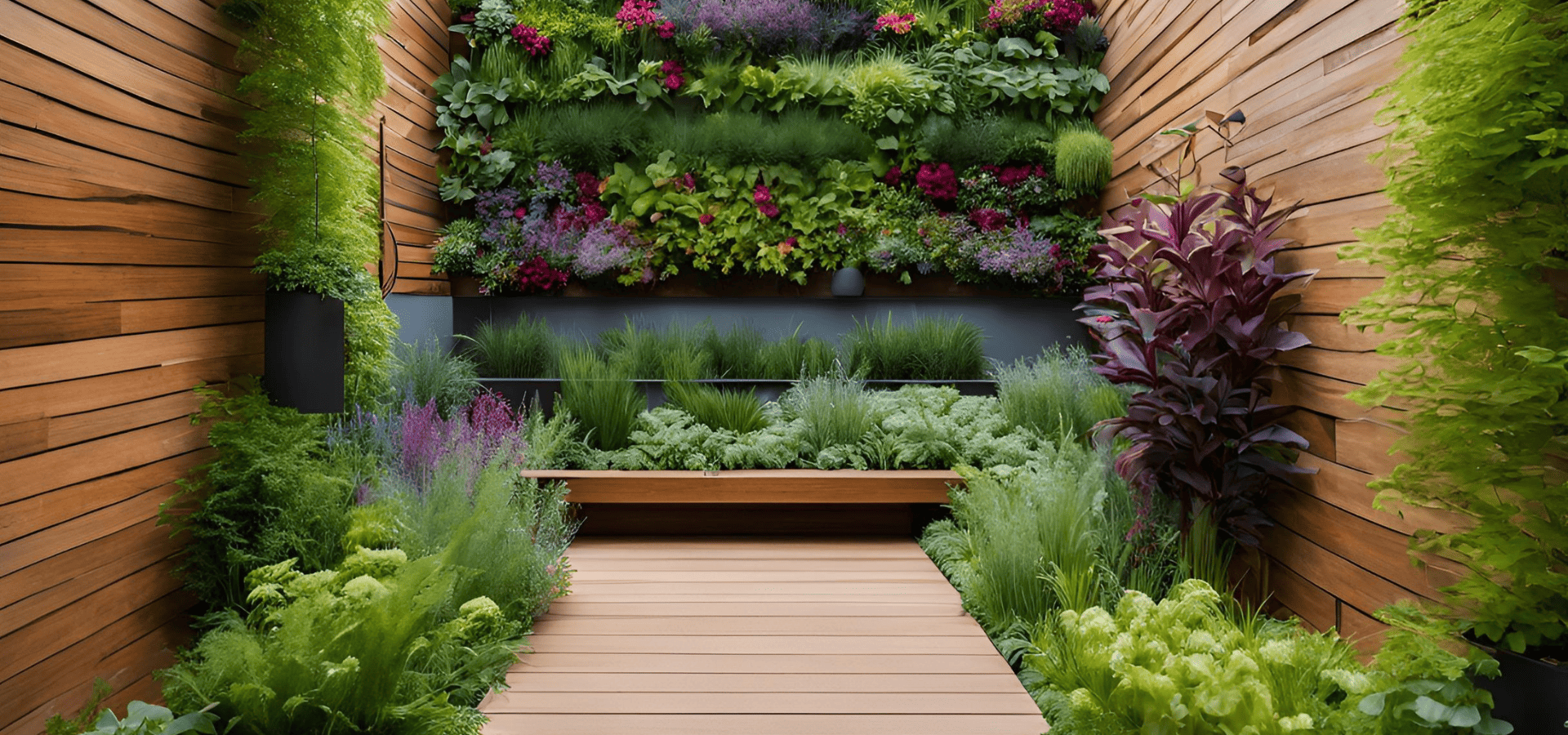
While plants that grow more wildly can look great in bigger landscapes, they only serve to make your already small space look even smaller.
When you have limited space, even the slightest bit of clutter can feel huge. Out-of-control growth is a huge no-no, so make sure you prune and trim your plants regularly to keep them neat.
It’s also a good idea to choose plants that can be easily shaped into neat shapes.
The same goes for the rest of your elements. Keep everything neat and ensure there’s no clutter, which can seriously ruin your aesthetics.
Finally, when planning your landscape, in keeping in line with neatness, don’t overcrowd your space.
If you try to fit too much into a little space, no matter how neatly you arrange and maintain everything, it’ll still look too cluttered.
There are small landscapes where the walls are full of plants and there are plants filling up a large part of the garden, but they still look great.
The key lies in leaving key spaces like walking areas and enough space to comfortably move around and relax.
3. Edging & Borders
This may be surprising to hear, as edging and borders literally don’t free up any space at all or allow you to fit anything more into your space. They’re just there to make the boundaries between your plants and walkways more defined, right?
But that’s exactly it. By clearly defining boundaries, it’s much neater on the eyes, as people will be able to much more easily see the walkways and paths that are apart from your plants.
In other words, edging and borders may not create more space or allow you to fit more elements, but they make clear the amount of space people have to move around.
It’s not exactly a conscious thing, but subconsciously, people are able to see the amount of free space more easily and clearly, which leads to the perception of more free space to move around.
4. Space-Saving Furniture
One of the best ways to free up space in your landscape is to use furniture pieces that save space like collapsible furniture pieces and multi-purpose furniture pieces.
Collapsible Furniture
Furniture that can be collapsed when not in use and kept away can seriously free up lots of space.
Collapsible furniture includes chairs, tables, and even sofas.
Imagine collapsing a whole sofa to allow more space for your visitors to move around. How much more space would you have?
Multi-Purpose Furniture
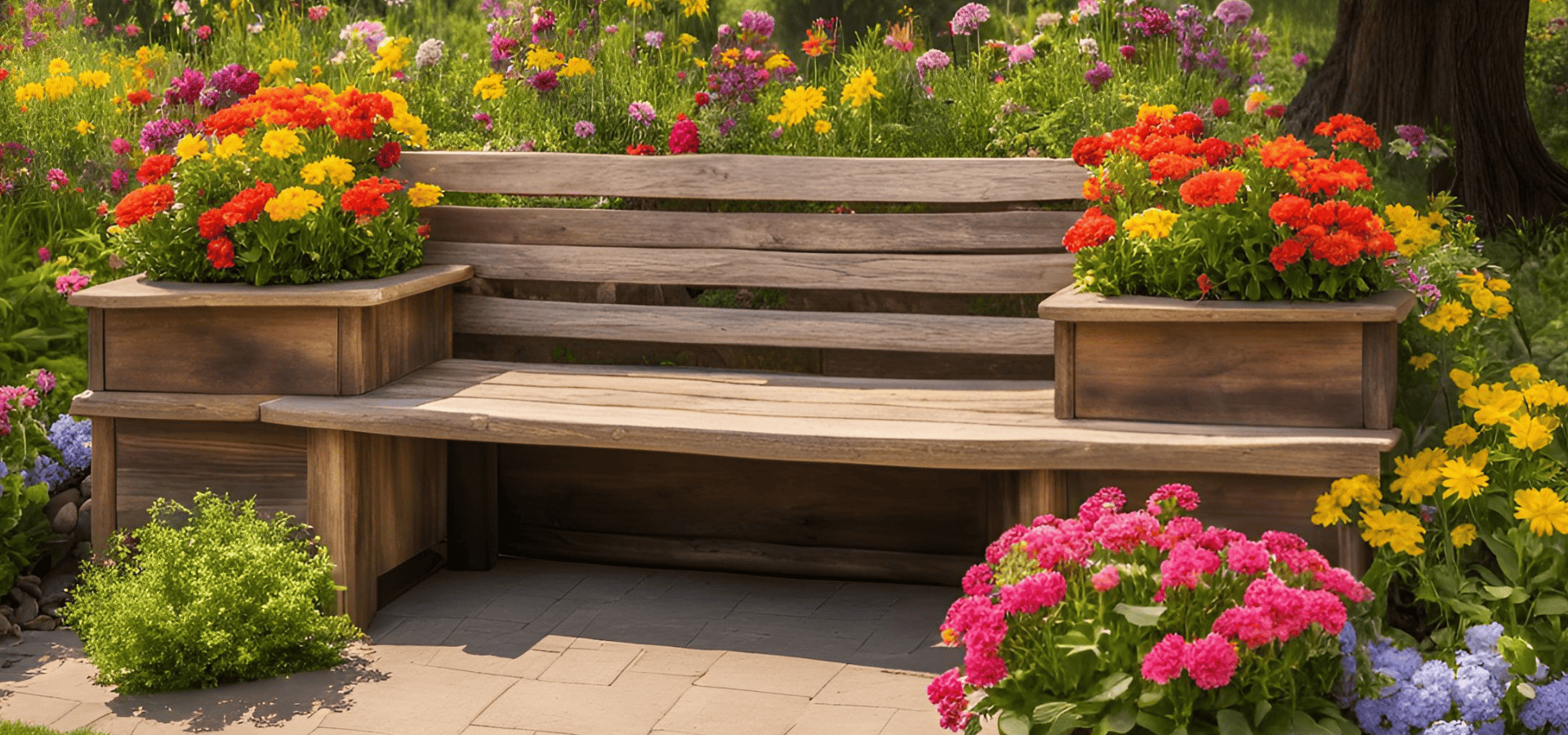
The selection of multi-purpose furniture is rather limited, but still, having some is better than none.
There are storage benches, which, as the term suggests, allow you to store things underneath them, which means you don’t need additional storage cabinets or shelves that would take up more space.
There are also planter benches, which are benches but with plants on both ends or sometimes behind them. Planter benches are often great aesthetic additions to landscapes too, as the combination of greens with seating tends to work quite well.
Finally, there are fire pit tables that can be used as fire pits or closed up to serve as regular tables.
5. Assess Conditions
Small spaces, unlike large outdoor spaces where sunlight is plenty, often get limited sunlight.
As such, it’s imperative that you find the spots that get the most sunlight, or if your space just doesn’t get much sunlight in general, then you’ll need to adapt your plants accordingly.
Less sunlight isn’t always a bad thing, as some plants thrive in shaded areas. But you need to make sure you’re choosing the right plants for your conditions, so you’ll have to monitor for yourself and take note of the conditions, then find the right plants.
If you’re hanging your plants on your railing or balcony, they may also get more wind, which can dry up the soil more quickly. Make sure to also factor this in when choosing your plants.
6. Choose The Right Plants
Now for the plants to use for small spaces, as mentioned earlier, you want to go for plants that can be kept neat.
Aside from that, since it’s a smaller space, you obviously don’t want plants that grow too big. In fact, small plants are ideal, as they won’t grow as fast and require less maintenance.
If you’re doing container gardening or vertical gardening or growing them in baskets, make sure that they can grow well in that limited container space. This means their roots shouldn’t grow too deep and they shouldn’t grow too big.
It’s also a good idea to use plants that have similar maintenance needs. It’s harder to do for large gardens, but for smaller gardens, with fewer plants to manage, it’s more realistic and achievable to find plants that all have similar maintenance requirements.
This way, you can water your plants and perform the necessary maintenance more easily rather than having to keep track of different watering times or fertilizing needs.
And as with any landscaping style, always try to use native plants where possible. Native plants require less maintenance and less watering and are more resistant to pests and diseases.
7. Maintenance
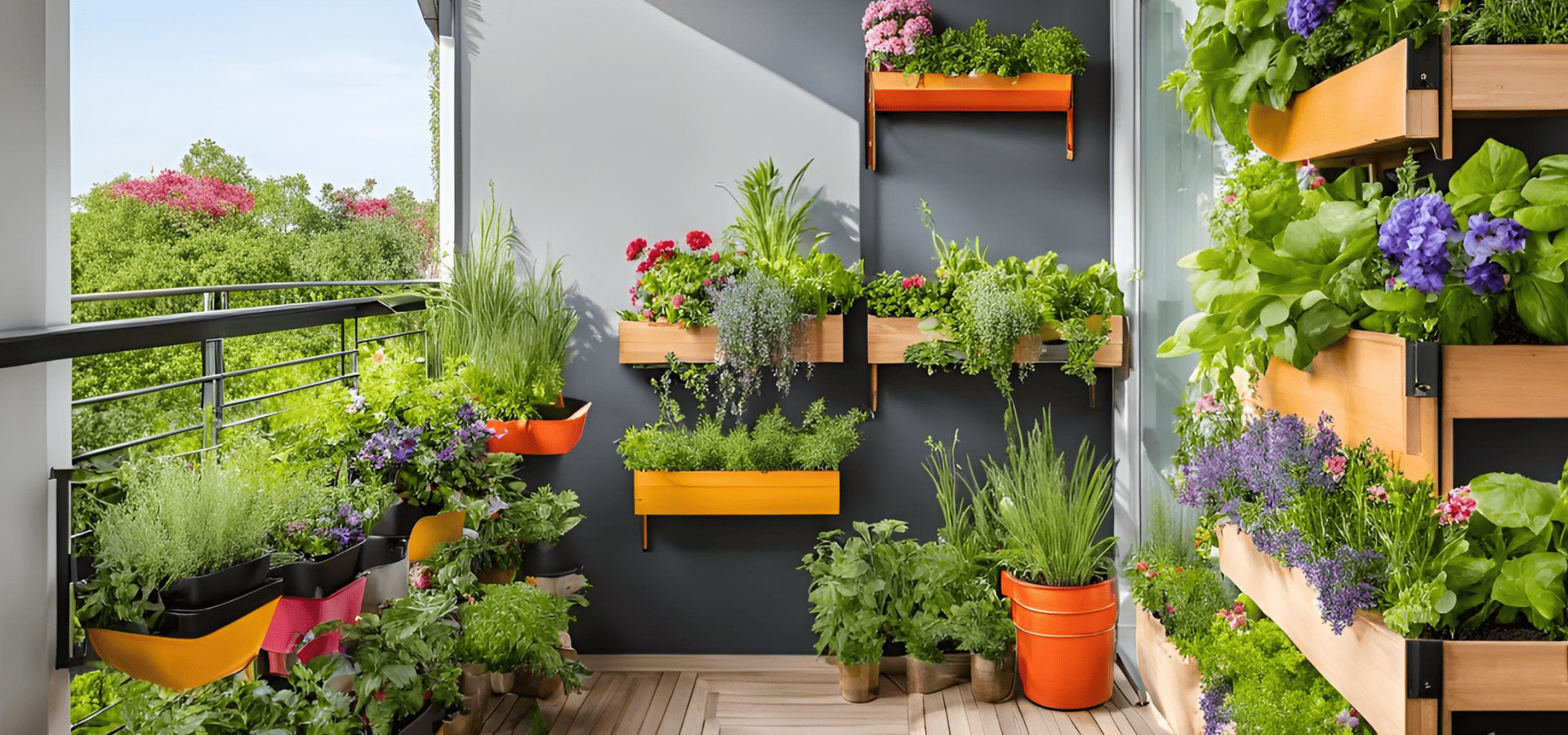
In small landscapes, not only do you have fewer plants and elements to maintain, but they also tend to be packed closer together given that you have limited space.
In theory, this should make maintenance easier.
However, it can also be a double-edged sword, as this compactness also means that pests and diseases spread much quicker.
As such, it’s important to keep a close eye on your plants and spot signs of pests or diseases early before they have a chance to spread. And when these issues arise, they need to be dealt with quickly too before they have a chance to spread.
Given that these issues can spread quickly, you’ll also want to take measures to prevent them from even arising in the first place.
First off, it may be somewhat harder to do in a small space, but you need to ensure your plants have enough space between each plant so that there’s good air circulation, which will help reduce the chances of fungal diseases.
Next, make sure to clear up debris like fallen leaves, as they can be breeding grounds for pests.
Using native plants will also help in preventing these issues, as native plants usually have their own ways to resist local pests and diseases.
You can take this one step further through companion planting, where you grow plants that can help resist pests and diseases, especially when grown together.
Conclusion
A small space isn’t always a bad thing. Sure you can’t do as much as you could with a bigger space, but small spaces have their own benefits too.
Besides easier maintenance and lower costs, both in maintenance and creating the landscape, small spaces can also feel more cozy.
Although you can’t host large gatherings and they aren’t as grand, small gardens still have many of the same benefits as larger gardens such as air purification, reducing your carbon footprint, and even therapeutic effects.
So don’t let your small space limit you. Use your creativity and ingenuity to find more ways to maximize your small space, and you’ll be able to creator your very own little green oasis.
You might also like
